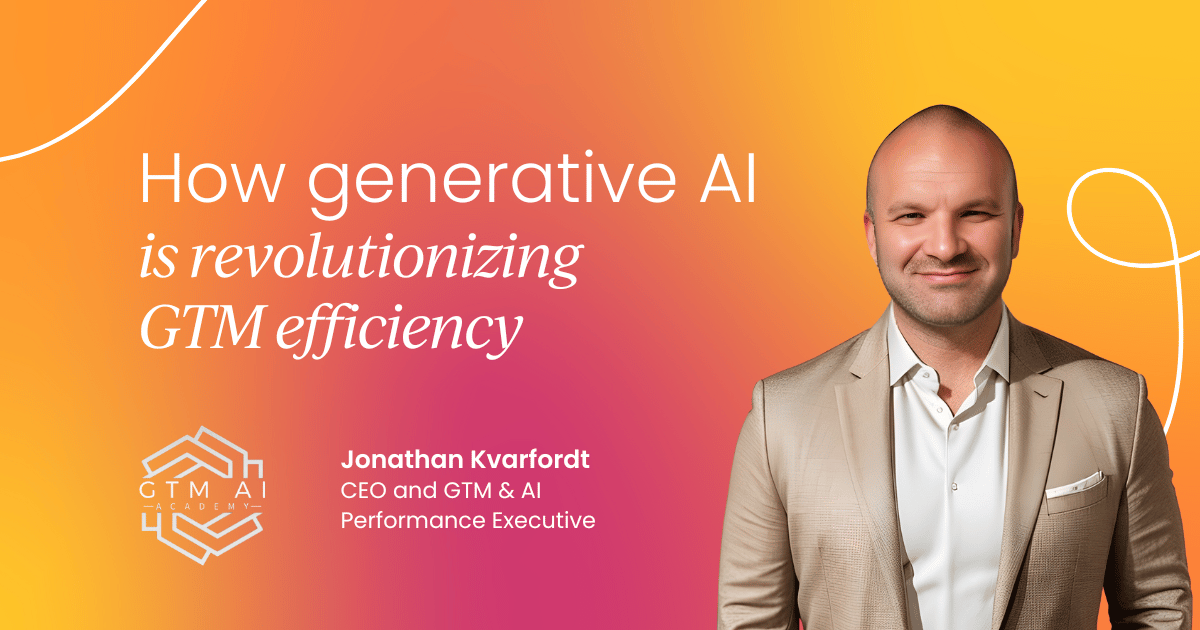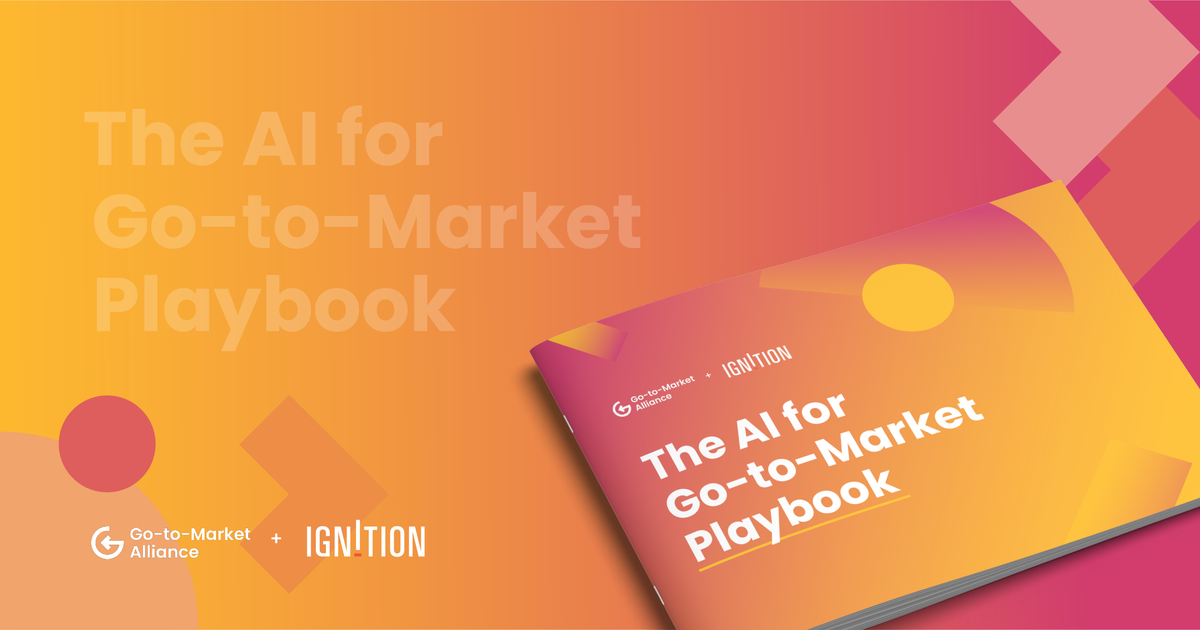AI is everywhere these days – buzzing in the news, sparking heated debates, and changing the way businesses operate. But how do we, as go-to-market professionals, sell AI when the world feels more uncertain than ever?
It’s a tricky question. In my time leading TigerEye, I’ve navigated this challenge firsthand, and I’ve learned that the key lies in positioning AI not as a replacement for human workers, but as a tool for augmentation – making us smarter, faster, and more effective. But, of course, the journey isn’t always smooth.
In this article, I’ll share how we’ve approached selling AI in an age of uncertainty, where fear of job loss, economic instability, and the rapid pace of technological change are top of mind for many. I’ll break down the lessons we’ve learned, strategies we’ve adopted, and how we see AI shaping the future.
Let’s dive in.
The current landscape of AI and uncertainty
Let’s be honest – right now, it’s tough to look at the news without feeling overwhelmed. There’s a lot of uncertainty in the air. From geopolitical tensions to the looming fear of a recession, many are facing unknowns on multiple fronts. And then, on top of all this, we have the AI revolution.
I often reflect on how AI is entering this moment of uncertainty. To truly understand how we got here, though, I like to take a step back. If we look at history, every major technological shift has been met with skepticism, fear, and a lot of uncertainty. But they also paved the way for unprecedented opportunities.
I remember when we transitioned from mainframes in the 1970s to personal computers in the 1980s. Then, we saw client-server systems rise in the 1990s, followed by the dawn of cloud computing with AWS and Salesforce in the 2000s. We’ve seen it all before.
Each shift, though initially met with resistance, became a stepping stone for massive growth. Now, here we are with AI – specifically conversational AI – leading the charge.
But this shift feels different. AI today isn’t just a tool used in research or defense; it’s poised to impact every industry, from sales to marketing, finance to customer service. Yet, as exciting as it is, there’s still a lot of fear – fear of job displacement, fear of the unknown, and fear that AI might be too powerful, too fast, and potentially out of control.
So how do you go about selling it?

Selling AI in a world of fear
Selling AI today means acknowledging the fear around it. People are worried about AI’s potential to replace jobs. We’ve all seen the headlines claiming that AI will take over 40% of jobs, especially as we face potential recessions and economic challenges. It’s easy to see why there’s such anxiety.
I’ll admit, it can be a tough sell, especially when many of your customers are grappling with the same fears. But here’s where we have to get smart. When I think about AI, I don’t see it as a job-killer. I see it as a job supercharger. AI isn’t here to replace people; it’s here to augment people.
The way we frame this to our customers is simple:
AI will make you better at what you already do. AI can’t replace human intelligence and creativity, but it can make those qualities shine brighter by freeing us from repetitive tasks, by analyzing data faster than we ever could, and by providing insights that would take hours, if not days, to uncover manually.
I remember back in the 2010s, when we were shifting from on-prem software to mobile apps, there was a similar level of skepticism. People wondered if this mobile shift would really change the way they worked. But now, mobile is the backbone of many industries, and that shift happened faster than anyone could have predicted.
Fast forward to today, and the same thing is happening with AI.




 Follow us on LinkedIn
Follow us on LinkedIn





